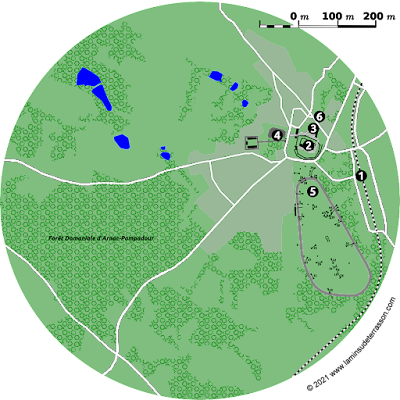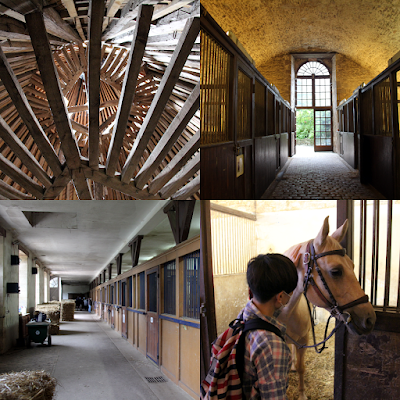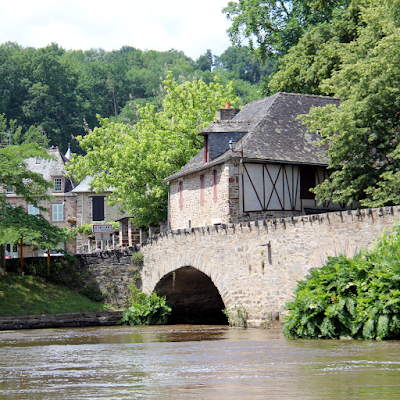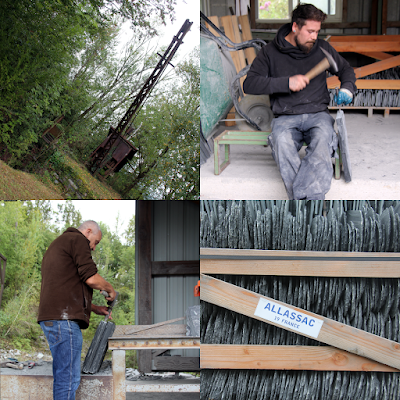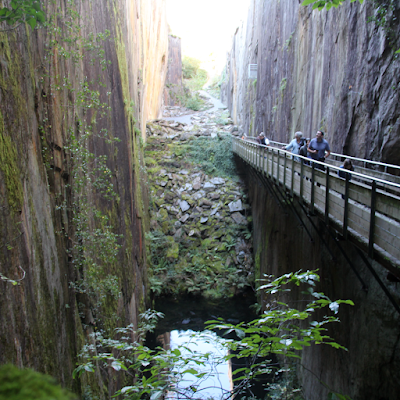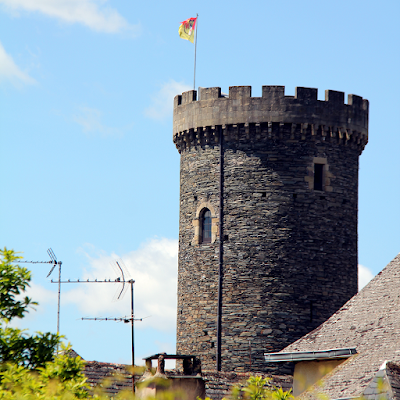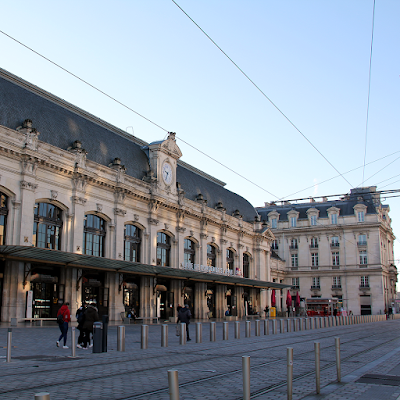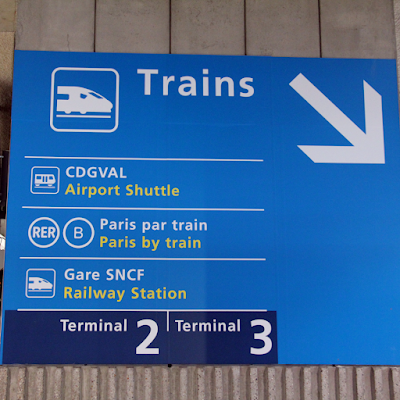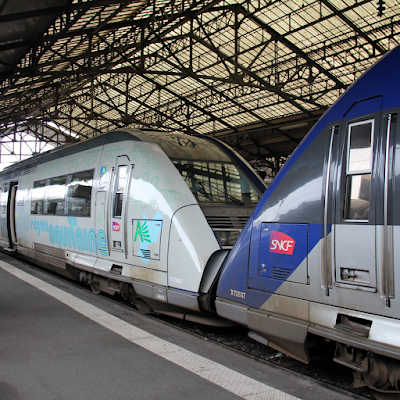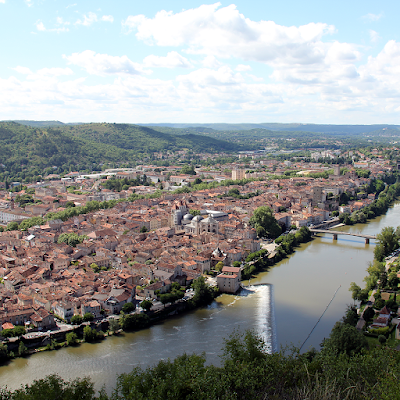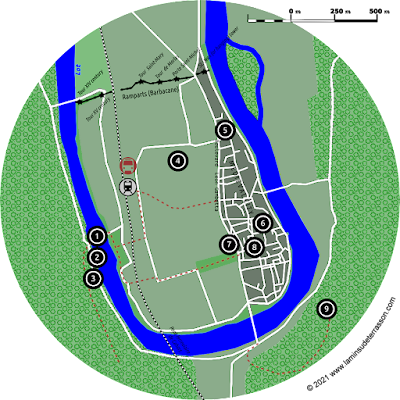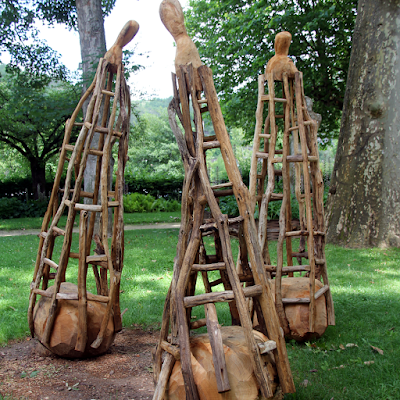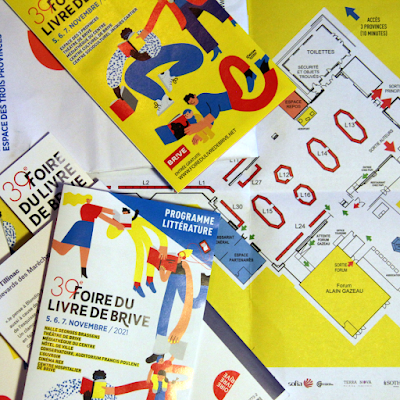 |
| Built on the banks of the Garonne river, city of art and history. |
You are not a wine lover?!
Actually, the city of Bordeaux has much more to offer! We highly
recommend you to visit this gem in southwest of France. After Paris,
it has the highest number of preserved historical buildings of any
city in France.
 |
| Grand Théâtre de Bordeaux. |
Built on the banks of the Garonne river, richly &
beautifully decorated with Gothic style churches, medieval monuments,
18th centenary architectures, and Europe's longest pedestrian
shopping street.
 |
| Map of Bordeaux. |
With over a million inhabitants, the
metropolitan area of Bordeaux is also the sixth-largest city in
France. Its center has a pleasant atmosphere with 'everything you did
hope to find in Paris’ without many of its draw-backs. Museums,
bronze sculptures, fountains, places gardens, public art,
culinary markets, luxurious brands, artisans and designers shops
and a thousand bars, cafes and restaurants of local and international cuisines.
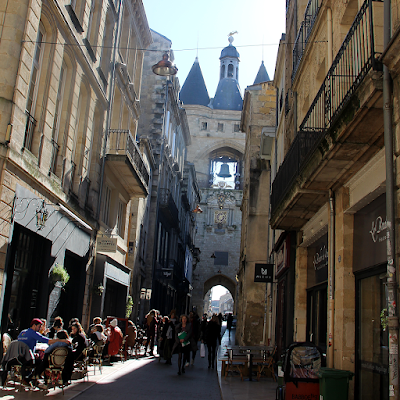 |
| Richly & beautifully decorated with Gothic style churches, medieval monuments, 18th centenary architectures. |
World Heritage
Bordeaux,
city of art and history, listed as a UNESCO World Heritage Site,
provides day tours, gourmet trails, initiations of Bordeaux wine
tasting and visits to wine storehouses in the city. The Water Mirror
(Miroir d’Eau) in front of Place de la Bourse together is a ‘must
photo taking spot’!
 |
| Monument aux Girondins, Quinconces. |
The historic Bordeaux Cathedral,
Church of the Holy Cross, Monument aux Girondins, Gothic style St.
Michel & Peu Berland tower are stunning and enchant you with
fantasy. Porte de Caihau, La Gross Cloche (Fat bell) are adorable and
the Grand Théâtre de Bordeaux is breath-taking… and the list
doesn’t end!
 |
| The Bassins de Lumières. |
Art & Culture
Bordeaux is a city of art & culture with
the Aquitaine
Museum, Musée des Beaux-Arts, CAPC musée d'art contemporain, Musée
National des Douanes, Musée des Arts Décoratifs et du Design, and
many public art pieces… You will be well satisfied, if you are an
art lover! Outside the center the Bassins de Lumières (7) is housed
in the giant German WW2 submarine base bunker. The largest Centre
d’Art Numérique (and sometimes size does make a difference) has
changing exhibitions/experiences. The easiest way to get there is by
bus 9 from ‘Brandenburg ’, take tram B till one stop passed
the Cité du vin (8).
 |
|
Marché des Capucins.
|
Shop & Eat
There are a thousand
of bars, cafes & restaurants of local and international cuisines
spread all over the metropolitan of Bordeaux. And shops of high-end
brands or designers & artisan shops are all awaiting to be
explored! The 'rue Sainte-Catherine', is a 1.2 km long pedestrian
main shopping street. Marché des Capucins (6) is a covered market
where you will find all kinds of fresh and preserved food to satisfy
you eyes and taste buds.
 |
| The Water Mirror (Miroir d’Eau) in front of Place de la Bourse. |
Gardens
Bordeaux
has a number of gardens, parks and green spaces, we mention here the
central Jardin Public (4) from where you can walk to the Palais
Gallien; Ruins of a roman amphitheater dating to the 3rd century (5).
 |
| Palais Gallien, ruins of a roman amphitheater. |
Take tram A over the iconic
Pont de pierre
to Botanical garden (9). Also close to the terminal (Stalingrad pier)
for the river ferry that connects to Quinconces - Les Hangars –
(passes under the Pont Jacques Chaban Delmas) - La Cité Du Vin -
Lormont Bas terminal. The ferries are part of the public transport
system, a great way to get a different view of the city, and use is
included in the TBM-daypass.
 |
| The tram crossing the iconic Pont de pierre. |
Getting around
Bordeaux city is
very easy and economic to explore. Thank to its users friendly public
transportation system (TBM, Transports Bordeaux Métropole). The tram
line covers most places in the metropolitan area of Bordeaux and you
can hop on & off the tram as you like for a price of €5.00 (1
day /24h pass), while a 1 hour pass is €1.70.
 |
| One of many public art pieces, Stalingrad. |
Tickets are available
from machines at all tram stops. On the other hand, many attractions
are within walking distance, and will allow you to enjoy strolling
the streets and alleyways. Our suggestion to those arriving at St.
Jean train station: hop straight onto the tram (line C) to the center
(Quinconces) where you will also find the tourist office.




